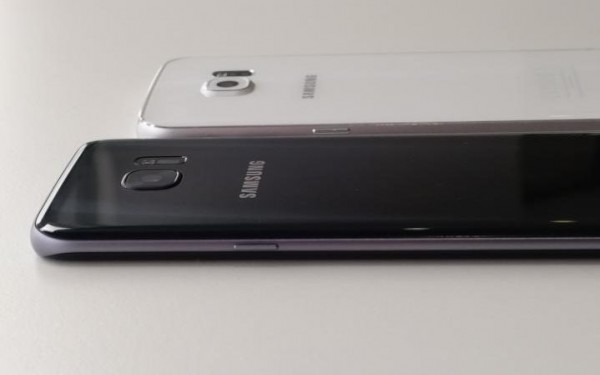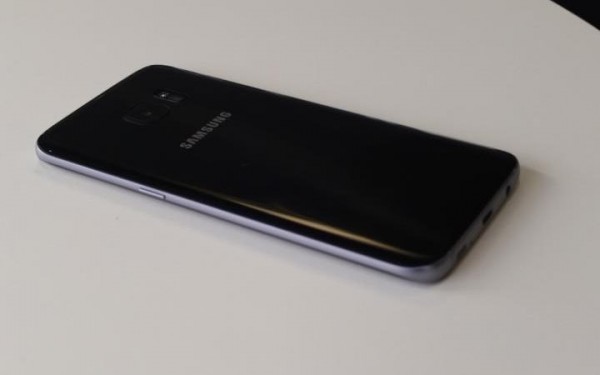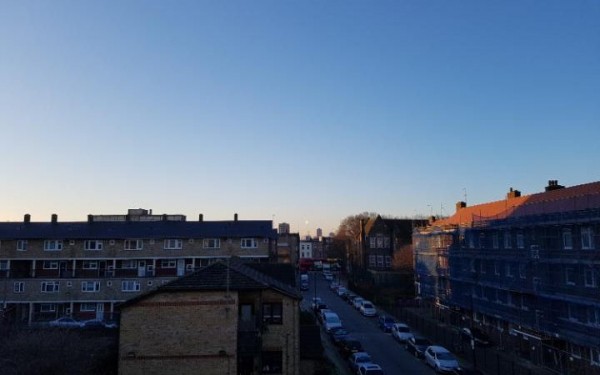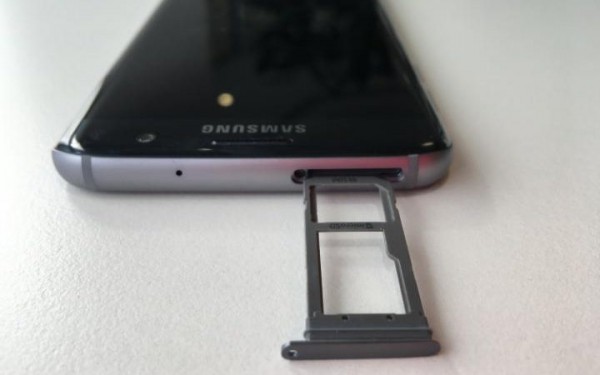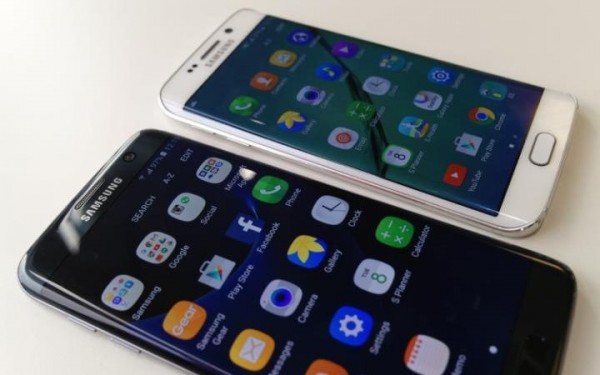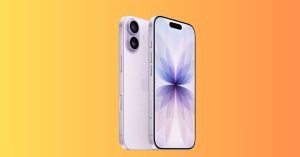Samsung Galaxy S7 edge review
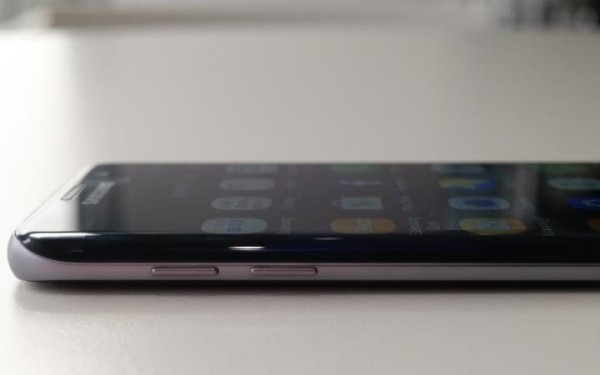
amsung Galaxy S7 and S7 Edge phones went on sale this month around the world, with the high-end phones starting at £569 here in the UK.
The new models follow in the footsteps of previous flagships the Galaxy S6 and Galaxy S6 Edge, revealed at last year’s MWC, and according to Samsung have seen “stronger than expected” pre-orders in the lead-up to sale.
Samsung has learned from its past mistakes, when the S6 failed to sell in the volumes it anticipated, while demand for the edge was far higher than the company anticipated.
Looking for an iPhone alternative? Here’s how the Galaxy S7 Edge measures up.
Design and display
Samsung turned a real design corner with the S6 cycle last year, transitioning from the tacky sticking plaster plastic back of the S5 and into glorious metal and tempered Corning Gorilla Glass. So it’s little surprise they’ve decided to stick with that winning formula – in fact, bar the size difference (the S6 Edge had a 5.1-inch display, this year’s S7 Edge measures 5.5-inches), the S7 handsets look more or less identical to the S6 generation.
The fingerprint scanner-enabled home button remains in the centre of the handset, the headphone jack and microUSB port are still positioned on the bottom edge, while the volume buttons are on the left of the model and the power button is still on the right.
But the designers have given a bit more thought to how the S7 Edge feels in the hand, and have gently curved the back edges so it sits more comfortably in your palm than models with a more angular rear – a subtle change, but one worth noting. It weighs 157g, quite a bit lighter than the iPhone 6s Plus’ 192g.
Unfortunately my gripe from last year regarding how easily the glass back gets marred with grubby fingerprints still stands, and this is particularly apparent on the dark black onyx model I reviewed.
The Super AMOLED display with Quad HD 2560 x 1440 resolution (534 pixels-per-inch) is sharp, with excellent colour reproduction. However, I’m not a fan of the always-on display, which I found distracting when it was lying on my desk at work. Samsung claims this uses less than 1 per cent battery consumption per hour, but I just found it a bit unnecessary.
The S7 Edge comes in three colours; black onyx, gold platinum and titanium silver, leaving fans of the navy and emerald green of last year disappointed, but there are some seriously premium-feeling models.
Camera
The S6 and S5 both had 16MP rear-facing cameras, but with the S7 Edge Samsung has scaled it back to 12MP, while retaining the 5MP front-facing one. The justification behind this is a renewed focus on low-light conditions, enlarging the pixel size by 56 per cent to allow 25 per cent more light in thanks to the f/1.7 aperture and dual-pixel sensor, designed to greatly improve shots taking in darker environments.
The approach has worked, and the rear-facing camera is excellent thanks to a significantly improved autofocus feature, which is much speedier than in the past. Pictures are detailed, focused and generally true-to-life – if slightly over-saturated in my opinion. The front-facing 5MP camera is perfectly adequate.
You’re presented with various modes once you open the camera app, from basic functions within Auto to more advanced options within Pro, and the opportunity to shoot in RAW mode for later editing.
Sample shots
Water-resistant
Another perceived downside of the S6 cycle was its lack of waterproofing – a function Sony in particular has been strongly championing in recent years. The S7 Edge is water resistant up to 1.5 metres, and survived a thorough dunking in a large vase of water with ease. Waterproof, or at least water resistant – is really something all high-end phones should be these days given how easy it is to accidentally chuck them in the washing machine/sea/toilet, something Apple could definitely stand to take note of.
The return of the SD card
One of the most significant features of the S7 Edge is its microSD slot – an omission which caused howls of dismay from the Android faithfullast year when Samsung decided to do away with it. The slot is now part of the SIM card drawer on the handset’s upper left hand edge, meaning you can expand the S7 Edge’s storage from 32GB or 64GB by up to 200GB. It also comes with 4GB of RAM.
Performance
Although we now know the Exynos 8809 processor used in UK is less powerful than the Qualcomm Snapdragon 820 chipset used in the same handsets in other markets, the S7 Edge is still a nippy and powerful phone. The TouchWiz interface has been spruced up, but I still feel running Google’s full Marshmallow operating system would provide a better user experience: the icons still look quite cartoon-like.
Battery life
If there was one single feature which significantly let down the S6 Edge, it was its poor battery life. Even moderate use led to needing to recharge within just a few hours, which wasn’t really good enough considering it was a premium and therefore highly-priced model.
As with the SD card and water resistance, Samsung took heed of 2015’s shortcomings and boosted the battery in the S7 Edge from a 2,600mAh battery to 3,600mAh, which combined with Google’s energy-efficient Marshmallow is much, much better. It easily lasted a full day of moderate use (checking emails, taking photos, light video watching, browsing the internet), which is beyond the capabilities of the vast majority of other top-end handsets.
Verdict
The Galaxy S7 Edge is a beautiful, functional phone which addresses virtually all of the shortcomings of its predecessors. However, you can’t please everyone, and there will be those who are annoyed at Samsung for not taking more risks with the design and for relying so heavily on the blueprints of the S6, although the same criticism could fairly be levelled at Apple.
As ever, these kind of handsets don’t come cheaply. The 32GB Galaxy S7 Edge is priced at £639 – no pricing for the 64GB version is currently available – and the Galaxy S7 32GB version will cost £569.
If you’re a dedicated Android fan who was irritated at prior decisions to cease water resistance and expandable memory, the Galaxy S7 Edge is a brilliant smartphone, and without doubt the best released during 2016 so far. Apple fans are likely to hold out for the forthcoming iPhone SEand iPhone 7, but HTC, Sony and LG have a lot to live up to.
Pros
- High-quality, premium build
- Camera greatly improved in low light
- Battery life significantly better than the S6
Cons
- Looks virtually identical to the S6
- Build still a fingerprint magnet
- Extremely expensive



